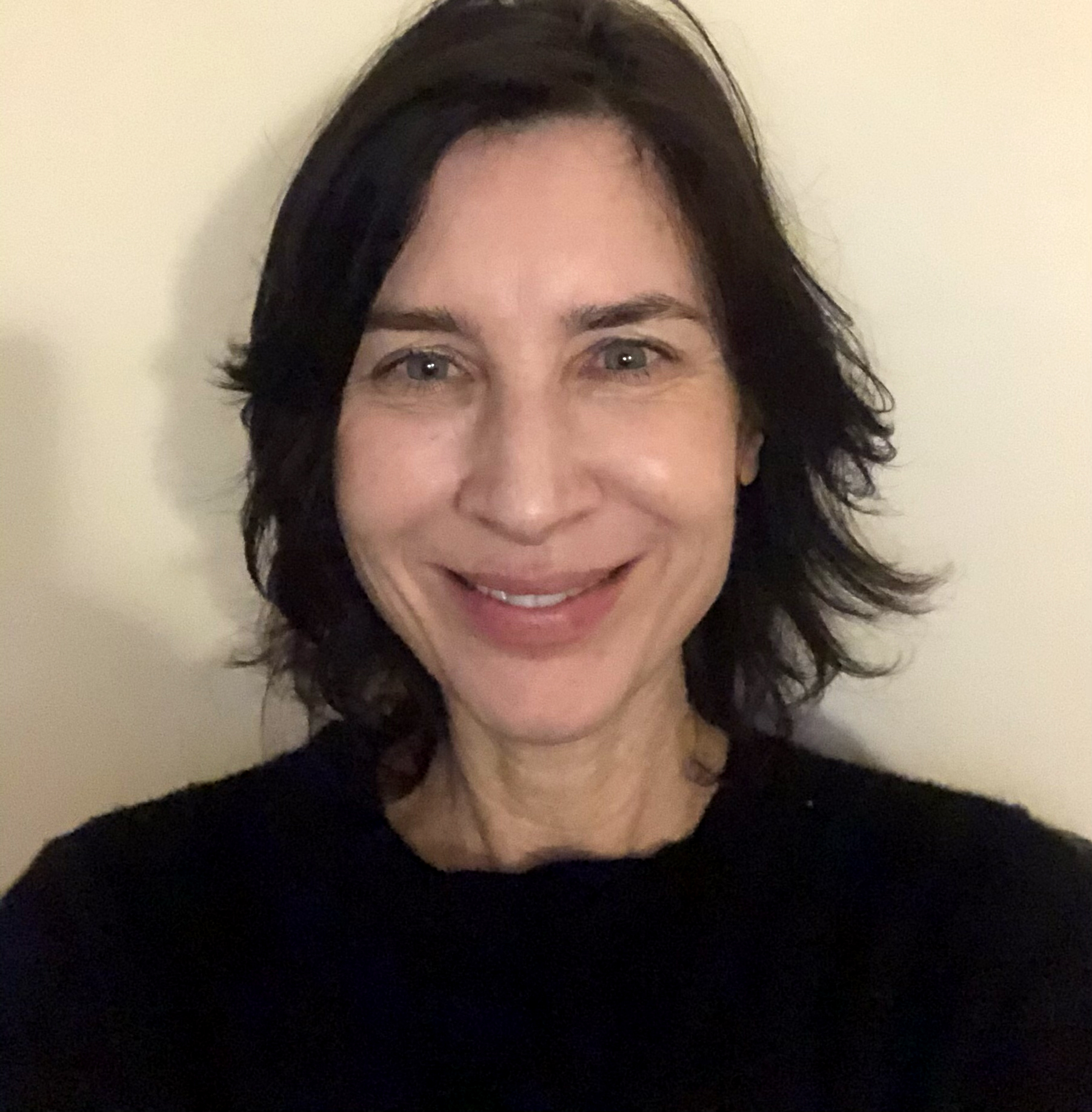welcome to my
psychotherapy practice
I see adult individuals and couples, preferably in person but also recognize that’s not always possible. I like to say that I’m an individual therapist who can hold the complexity of your relational world and a couples therapist who recognizes the sacred autonomy of the individual. I can help you identify habitual patterns, gain awareness of triggers, learn flexibility in response to stress, as well as to communicate with partners differently, through working with active listening, assertive communication and sharpening your language skills.
Good therapy illuminates what we do and why we do it. It can help you be more compassionate about the past, with self and others. At the same time, a good therapist pushes you to become more accountable in the present. Practice doing one thing differently! Learn to say it in a way your partner will hear it. On a thought level, therapy moves us toward flexibility and integration, recognizing that in most relationships there’s a lot of gray area–many things can be true at once in a relationship. Good therapy should work not just on change but on accepting what is. To accept yourself or the reality of your situation does not mean it will never change or that you shouldn’t try to improve but that you stop energetically running away from where you are right now. We need to explore the mysteries of the past, be accountable in the present and to loosen our grip on the illusion of a predefined future.
Many of my clients are creatives and if you're looking for a programmatic way of working, like a short term CBT model, I'm not the right fit. But I also think clients should be wary of a process that's only gentle and accommodating. Therapy is not meant to be a warm bath– it's best to speak together openly and frankly.
If you’re going to come in and do the work, it should be weekly at first and should be focused. Couples benefit from couples therapy because it’s a place where they can learn to have a different conversation with each other and to re-establish kindness and empathy. For individuals, I’ll want to know your goals and expectations for therapy, recognizing that for so many New Yorkers what’s most helpful involves a growth mandate(support for a meditation practice, accountability around health habits, workplace communication strategies, how to reduce conflict in your romantic relationship).Ultimately, therapy is an important investment in personal and relational growth– it helps people grow up, function more effectively in the world and treat self and others with more empathy. When you work it, it works. I can help.
